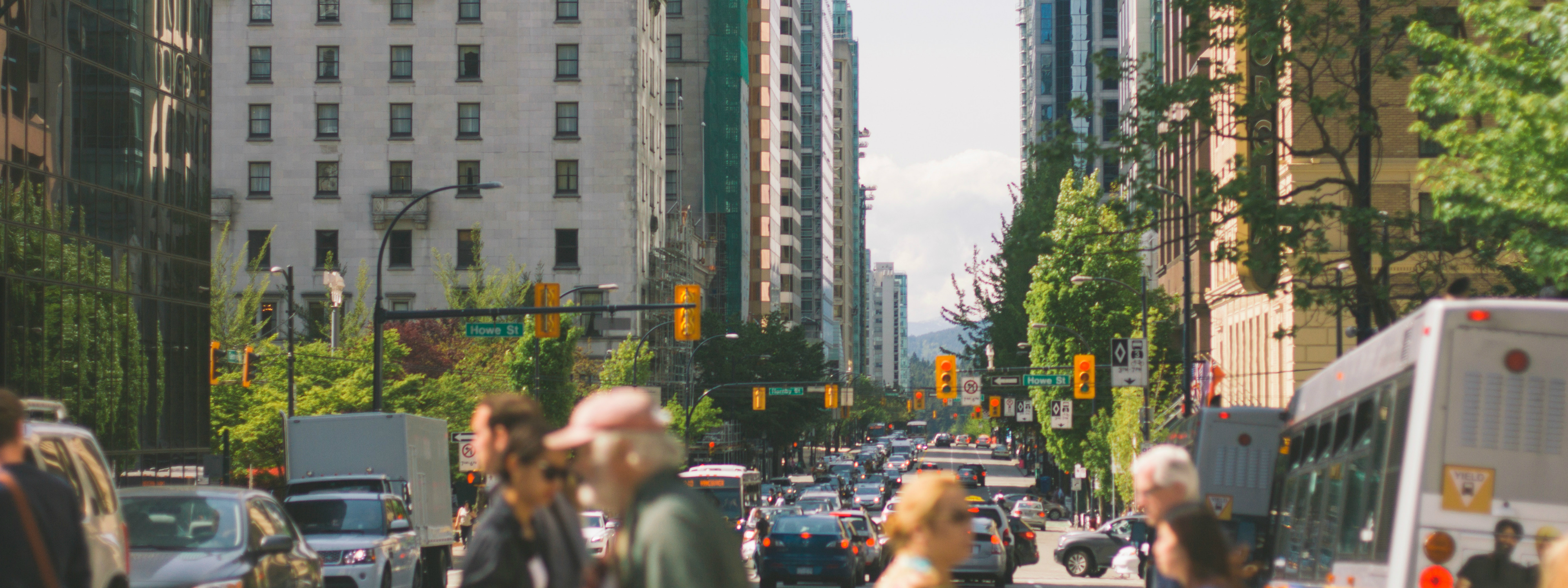Compendium of Best Urban Forest Management Practices
Chapter 14. Abiotic Stresses on Urban Forests
Return to the Compendium homepage here:
Compendium of Best Urban Forest Management Practices →

Compendium of Best Urban Forest Management Practices
Return to the Compendium homepage here:
Compendium of Best Urban Forest Management Practices →
Trees planted in the urban environment are often unable to reach their full genetic potential due to unfavourable conditions. Common stresses include soil compaction, salt and air pollution, mechanical injuries and drought. Other environmental stresses include shading and competition for water and nutrients, and artificial light sources (street lamps). A consistent issue in most cities is compaction and the lack of soil volume in sidewalk plantings. Soil compaction in high traffic areas impedes on the root system’s ability to perform its physiological functions of absorbing water and minerals. Although trees adapt to their environment by adjusting their growth patterns, tactics to promote and improve tree health, such as raising the root ball, spreading a layer of mulch and implementing a watering schedule to suit drainage conditions can greatly increase tree survival. There are a number of techniques and products available to city foresters to assist them in planting in these harsh and unnatural locations.
Canadian online resources:
Non-Canadian online resources:
Calfapietra, C., Peñuelas, J., & Niinemets, Ü. (2015). Urban plant physiology: adaptation-mitigation strategies under permanent stress. Trends in Plant Science, 20(2), 72-75. https://doi.org/10.1016/j.tplants.2014.11.001
Costello, L., Perry, E., Matheny, N., Henry, M., Geisel, P. (2003). Abiotic Disorders. International Society of Arboriculture. Champaign, IL. https://www.nhbs.com/abiotic-disorders-of-landscape-plants-a-diagnostic-guide-book
Pandey, A. K., Pandey, M. Mishra, A., Tiwary, S. M., & Tripathi, B. D. (2015). Air pollution tolerance index and anticipated performance index of some plant species for development of urban forest. Urban Forestry & Urban Greening, 14(4), 866-871. https://doi.org/10.1016/j.ufug.2015.08.001
Navigation